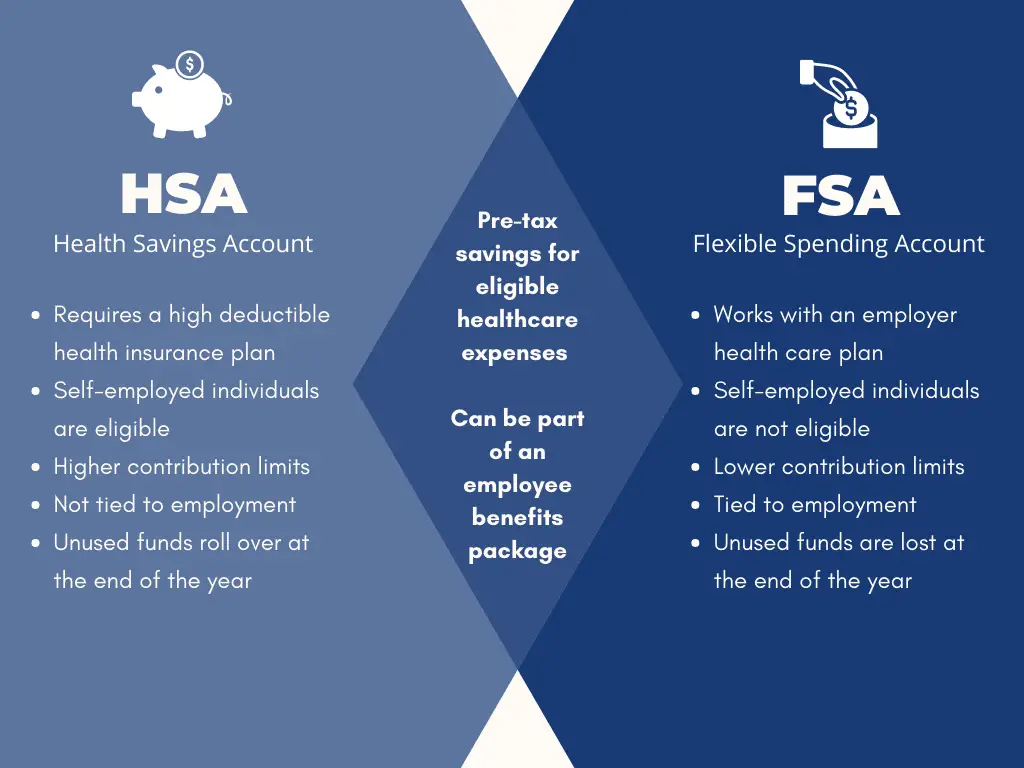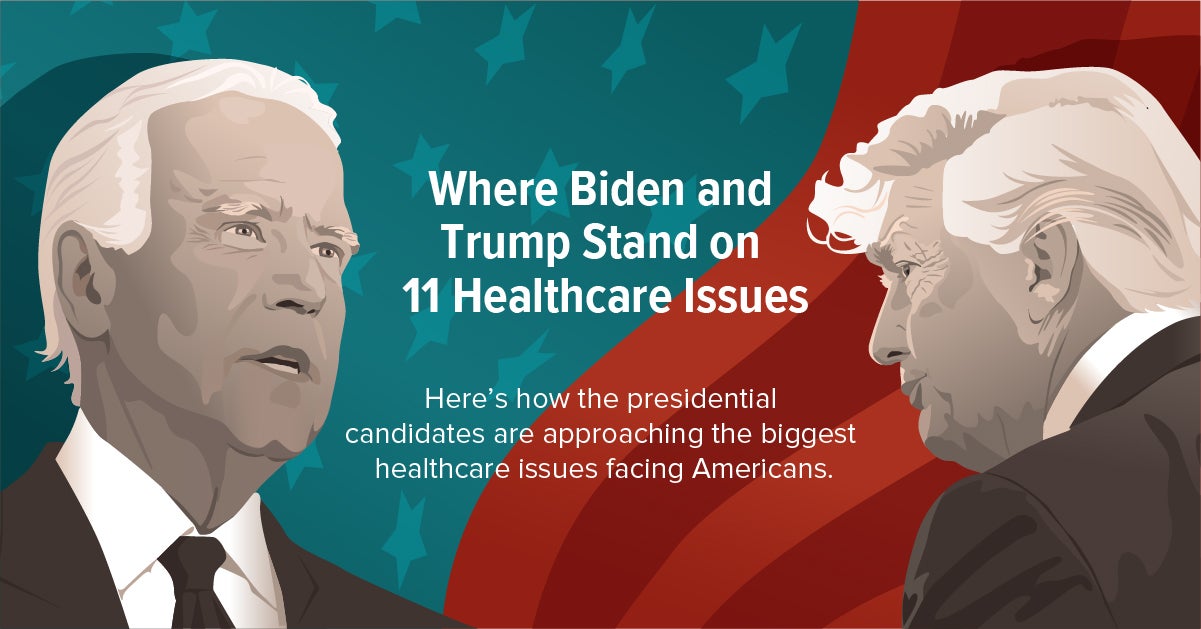Social driverslike bigotry, sexism, ableism, classism, or homophobiacan perpetuate injustices by prioritizing one group over another. These forces are so deeply ingrained in cultural practices and norms that lots of people may not understand they're taking place. Often, these forces are the outcome of previous injustices that still affect communities today. Take, for instance, mid-20th-century discriminatory real estate practices.
Scientist Camara Phyllis Jones utilized a gardening analogy in the American Journal of Public Health to show simply how this happens. Think of, for instance, 2 flower boxes: One with brand-new, nutrient-rich soil and another with poor, rocky soil. Seeds planted in the nutrient-rich soil will thrive, while seeds in the poorer soil will struggle.
As this happens every year, one box of flowers will always be more lively than the other due to the original condition of the soil. When people are separated and provided different resources to begin with, that is going to have an impact for generations to come. Numerous health outcomes are the outcome of personal choices, like eating healthy foods or getting adequate exercise.

Ecological health is the physical, chemical, and biological forces that can impact our health, and they can be a driving force behind health variations. It's hard for individuals to consume healthy food, for instance, when they do not have access to it in their neighborhood (areas called food deserts). Neglected tropical illness (NTDs) are an example of environmentally-driven health disparities.
These conditions make it harder for kids to find out and adults to work, intensifying the impacts of poverty on individuals's health and well-being. Closing the space in health results is no simple job. Causes are typically multi-layered. Solutions would need to address not just the source of an offered variation but also the context that made it possible in the first place.
federal government to enhance the health of Americans by the year 2020aims to minimize health disparities by attending to crucial factors called social factors of health. Social factors of health are the ecological conditions and scenarios that affect and form how healthy we are. Lots of things in our social circles and environment can impact our behaviors and limit our ability to make healthy choices.
Fascination About How Much Would Single Payer Health Care Cost
suspect of authority figures) or neighborhood design (ex. bike lanes) - what is single payer health care?. There are dozens of social factors exacerbating health disparities, but the Healthy People 2020 goals have actually put just 5 front and center: financial stability, education, social and neighborhood context, health and health care, and neighborhood and constructed environment. Economic stability refers to things like food security, income or wealth, real estate stability, and job opportunity, and research shows Drug Detox attending to a few of these concerns could help in reducing disparities related to a whole series of health issues.
Likewise, offering influenza vaccination in poorer communities could help in reducing spaces in hospitalization due to influenza. And increasing financial opportunities for financially insecure females might assist prevent the disproportionately high variety of cases of HIV in that population. Purchasing things like language and literacy, early youth education, high school graduation, and college might help close health spaces in a number of methods.

High school completion programs also have strong returns on investmentoften resulting in improved economic advantages that go beyond any costs connected with the programin part since of averted health care costs. While not constantly obvious, social influences and characteristics can substantially affect the health of both people and the overall community.
Because imprisonment can interrupt families and effect access to things like education, work, and housing, some scientists have actually required policy modifications that attend to sentencing laws that disproportionately impact specific Black communities as a method to minimize a number of disparities, including HIV. Assisting guarantee individuals are able to see a doctor when they're sick is essential for suppressing health variations.
Numerous medical concerns in the United States could be prevented with regular, preventive care like health screenings, vaccinations, and way of life changes. The Affordable Care Act attempted to expand access to medical care by making it simpler to get medical insurance and needing insurer to cover the entire cost of preventive services, like high blood pressure screenings and weight problems counseling.
More than 28 million individuals, nevertheless, still lack health insurance coverage, and more can be done to make sure improved access to healthcare in the United States. Similar to a person's social environment can affect their health and wellness, so can their physical environments. Improving access to healthy foods, supporting healthy consuming behaviors, improving the quality of housing, lowering crime and violence, and safeguarding the environment are all things that Mental Health Delray can be done to improve the ecological health of a community and minimize health disparities as a result. what is required in the florida employee health care access act?.
The smart Trick of How Much Would Universal Health Care Cost That Nobody is Talking About
Building partnerships between city governments, food retailers (such as supermarket), and communities could help bring more budget friendly and healthier food options to locations where such foods are limited. This, combined with increased targeted education on why and how to incorporate healthy foods into a household's preferred meals, might go a long method to cutting variations in obesity rates.
How do you distinguish in between the two? variations are differences among population groups (that is, ethnic background, gender, income) in the occurrence, frequency and outcomes of, illness, and related issues of illness. variations are differences amongst population groups in the schedule, ease of access, and quality of intended at avoidance, treatment, and management of diseases and their issues, consisting of screening, diagnostic, treatment, management, and rehabilitation services.
Health disparities can be related to sex (male/female), race or ethnic background, income, education, sexual orientation or location. See the examples below. Some diseases are more typical among women than men. Conditions more typical in females are rheumatoid arthritis, anxiety and osteoporosis. Liver illness and injuries are more common in guys.
Minority populations often have greater rates of chronic disease. The chart shows listed below demonstrate how death rates for diabetes, heart illness and cancer can differ commonly by racial and ethnic groups. The chart reveals that: Black/African American, American Indians and Hispanic groups are more likely to die of diabetes Black/African Americans and White groups have greater death rates for cardiovascular disease and cancer For all three illness, Black/African Americans have the greatest death rates while Asian/Pacific Islanders have the most affordable Source: The Problem of Chronic Illness and Their Risk Elements (CDC).
According to the U.S. Department of Health and Person Solutions, health variations are distinctions in health that are carefully connected with social or economic disadvantage. Health variations negatively impact groups of people who have systematically experienced greater social and/or economic barriers to health based upon their racial or ethnic group; faith; socioeconomic status; gender; age; psychological health; cognitive, sensory, or physical impairment; sexual preference; geographic location; or other characteristics traditionally linked to discrimination or exclusion.
population; therefore, the future health of America as a whole will be influenced considerably by our success or failure in improving the health of these groups. A nationwide focus on disparities in health status is especially essential as significant changes unfold in the method in which healthcare is provided and financed.